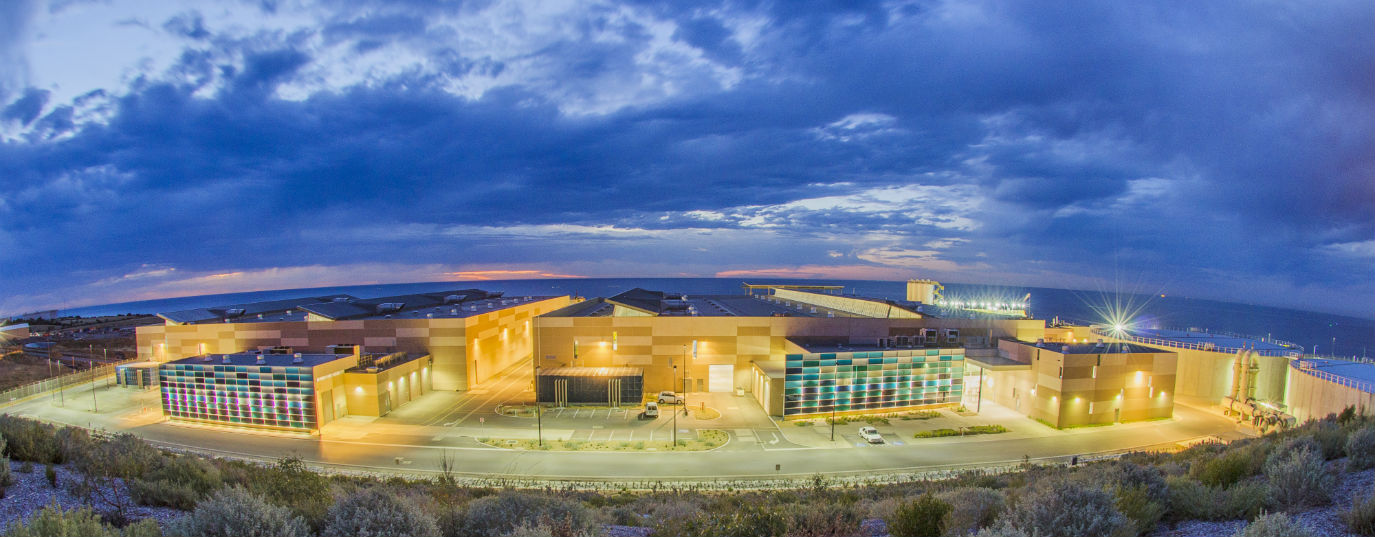What is reverse osmosis desalination?
Find out in less than two minutes why reverse osmosis is the most advanced, efficient and beneficial desalination system for the planet.
98% of the Earth’s water is saltwater, found in seas and oceans. The other 2% is freshwater, for use by homes, farms and industry, but 40% of people cannot access it. Some people have to travel miles to find freshwater. Could we, however, use saltwater to supply the places that most need it? Yes. Desalination technology makes that possible.
The most advanced and efficient system is reverse osmosis.
Osmosis is a physical phenomenon by which two liquids, in different concentrations, separated by a semi-permeable membrane, come into contact and tend to even themselves out. The liquid with the lower concentration crosses the membrane toward that with highest concentration.
This process is inverted in reverse osmosis. We take in seawater, a highly concentrated solution, and force it through the membrane by adding pressure. On the other side, we obtain salt-free water, while back on the first side the remaining water still holds the salt the membrane prevented from passing through.
Reverse osmosis process
In reverse osmosis desalination, water is taken from the sea and receives a first treatment to eliminate impurities, oil, seaweed, rubbish, and so on. Once free of organic substances, the saltwater can be subjected to reverse osmosis. After the filtering, we have two streams: one brine and the other freshwater. The brine solution is diluted before being returned to the sea, avoiding high concentrations of salt which could harm the ecosystem. The freshwater passes through a remineralization and chlorination process, after which it is stored in tanks and then sent to the distribution network for consumption.
Reverse osmosis is not only the most advanced desalination system in the world today, it is the most efficient and beneficial for the planet: it generates up to four-and-a half-times fewer greenhouse gas emissions than all other technologies, it doesn’t harm the marine environment, and it’s able to recover a large part of the energy used in the process.



